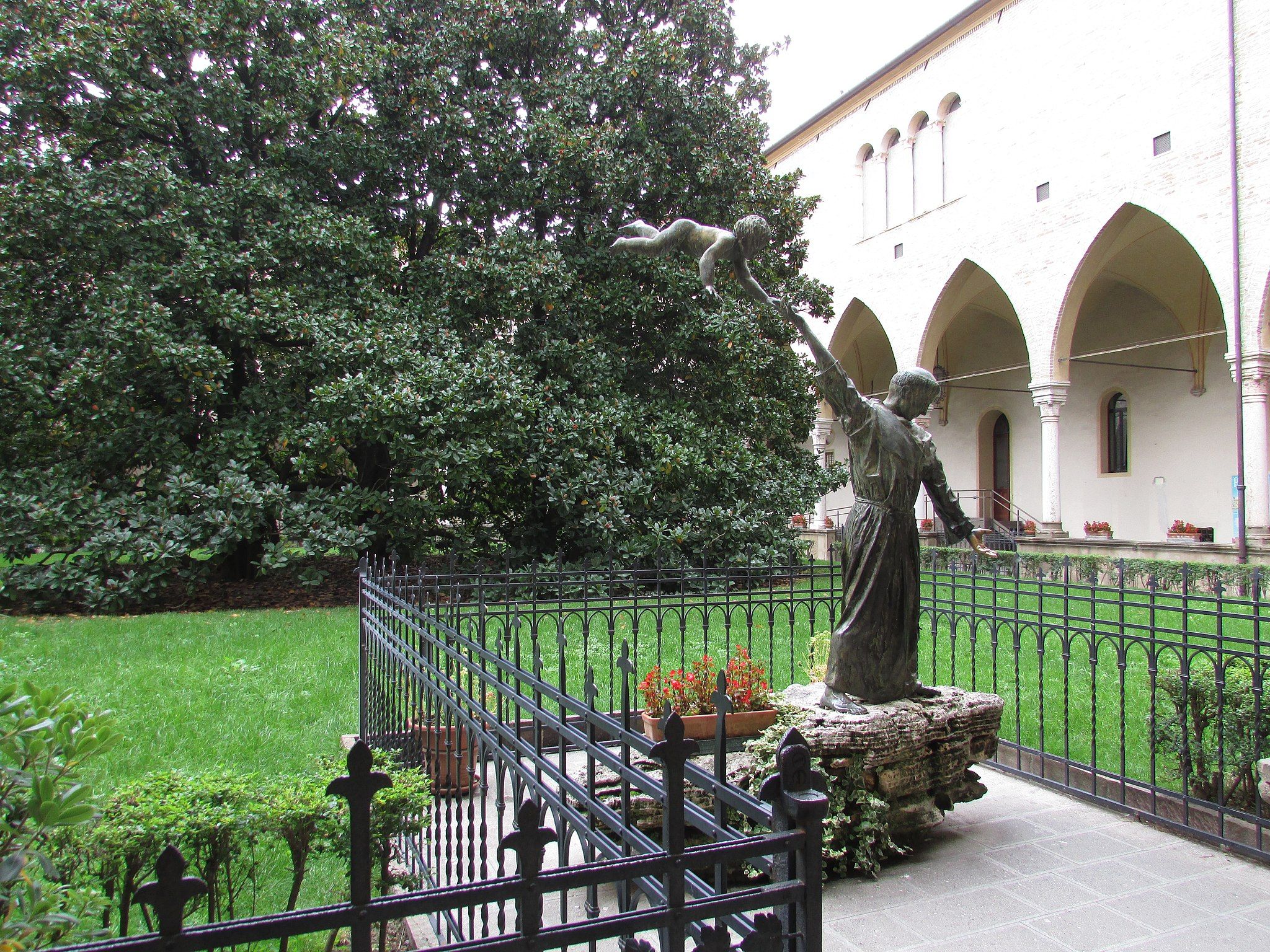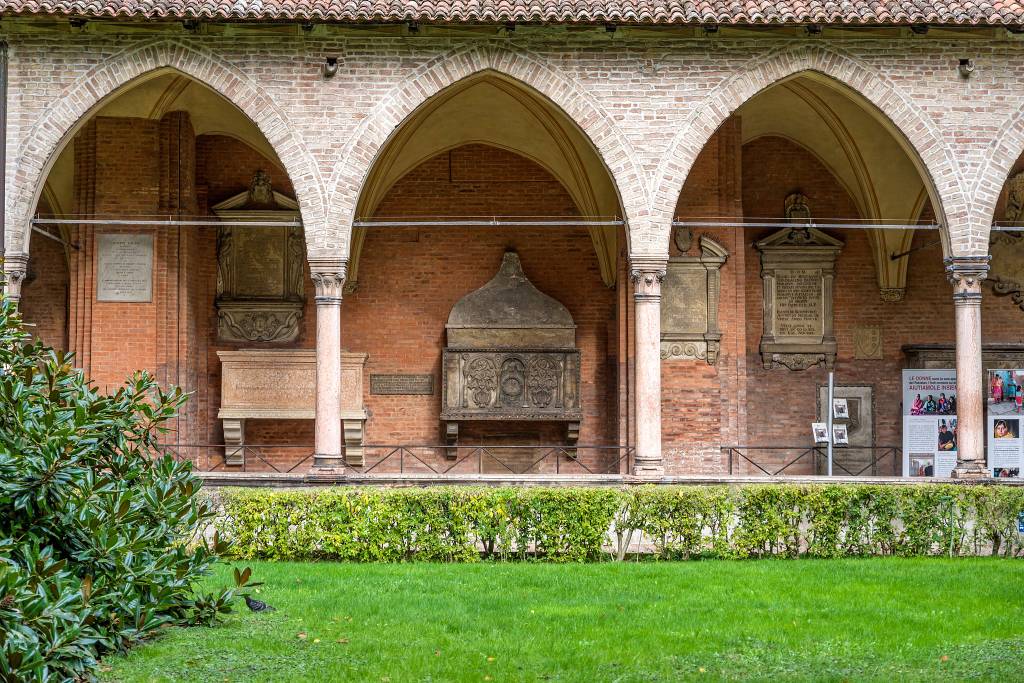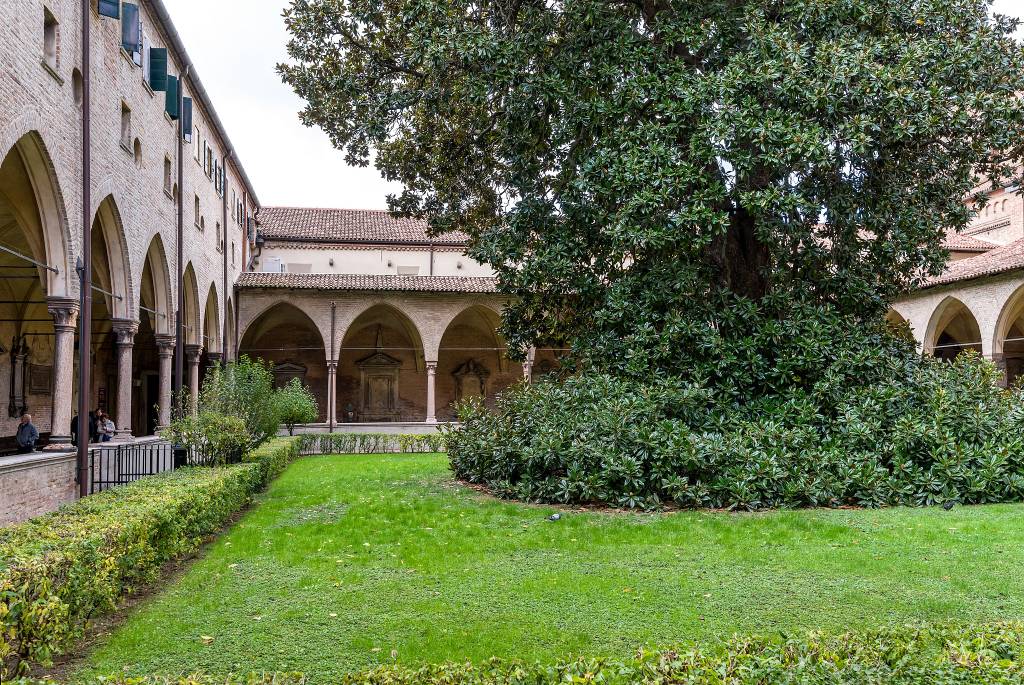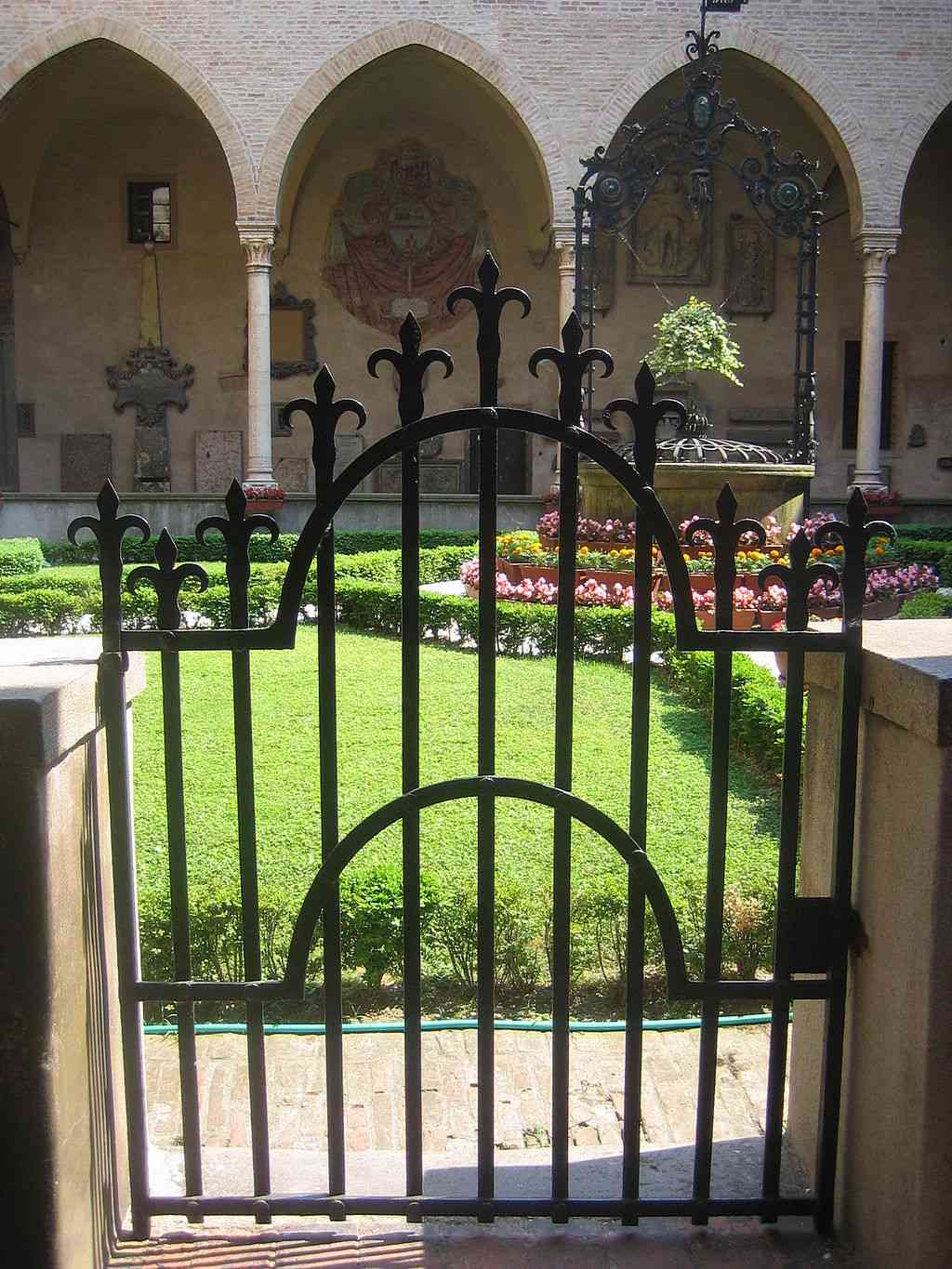The Monastery of Saint Anthony
Once the humble dwelling of Saint Anthony, the Friary developed over the centuries into the five splendid cloisters located on the southern side of the Basilica.
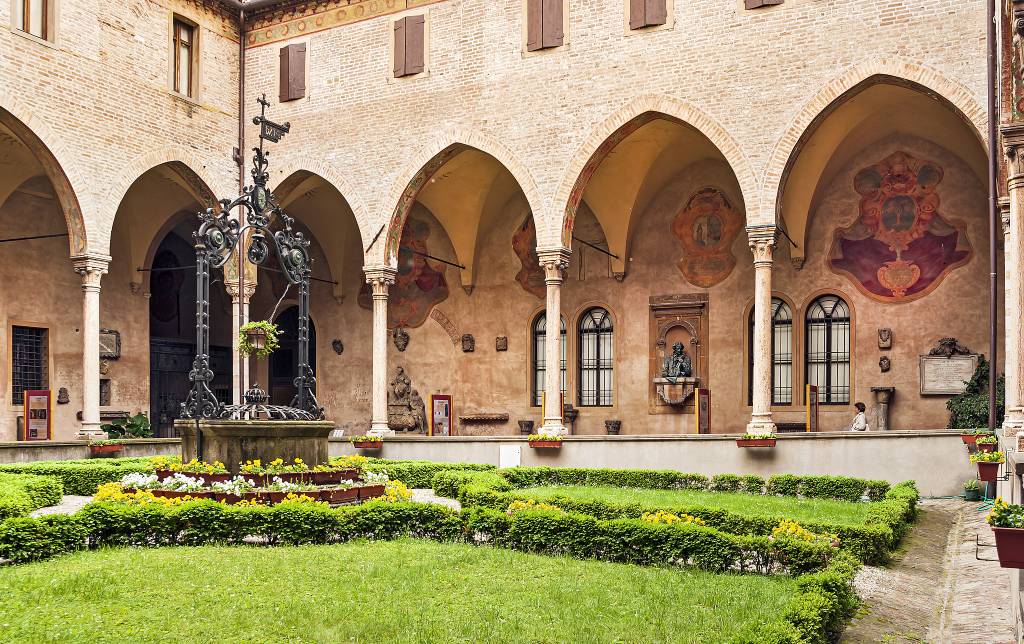
Anthony of Padua died on 13 June 1231 and, a year later, with unusual celerity, was proclaimed Saint in 1232. Since then, for the citizens of Padua, he and the Basilica built in his honour are simply known as the Saint (Il Santo).
Friar Anthony was first buried in a small church dedicated to the Virgin, Santa Maria Mater Domini. The new Basilica then embraced the ancient church, keeping the burial place of the Saint nearby, currently corresponding to the Chapel of the Black Madonna. But the site alongside that small church had already become the location of a small Franciscan convent by 1229, which Saint Anthony himself probably founded.
With the beginning of the Basilica construction, the convent was rebuilt further south and is described as a "noble monastery" in 1240 by the chronicler Bartholomew of Trent.
Also, there were numerous changes and extensions during the fourteenth century until it assumed its current appearance in the fifteenth century. In terms of structures and layout, it follows the monastic building tradition; it consists of various buildings, divided into five cloisters, where numerous tombstones and various funeral monuments are visible.
The Cloisters
The Basilica is a complex structure that runs a series of internal and external wall corridors and passageways that reach all building parts; access to these is via staircases to the left of the entrance to the cloisters.
In addition to the Basilica of Sant'Antonio, the Antonian complex comprises five splendid cloisters and adjoining rooms.
The Cloister of the Novitiate, elegant and suggestive, is so-called due to the one wing where live the young aspirants to the Franciscan life. It was built in the second half of the fifteenth century in Gothic style overlooked by a Renaissance-style loggia.
The Cloister of Paradise is accessible from a door connecting it with the Novitiate’s. It surrounds a part of the ancient churchyard around the basilica’s apse. The cloister is called so because the garden was used as a cemetery in the past.
The Cloister of the Magnolia is the first nucleus of the convent following the death of the Saint. It is named after the splendid and rare specimen of Magnolia Grandiflora planted in 1810. But it is also called Cloister of the Chapter because on the side that departs from the basilica is the great hall of the Chapter, once reserved for the meetings of the friars and now transformed into a chapel. On the south side are the Souvenir Shop and the reception office of the Messenger of Saint Anthony – a publisher born over a century ago to continue spreading the message of Saint Anthony.
The General Cloister, built in late Gothic style in 1435 by Cristoforo da Bolzano, is the gate to the prestigious Antonian Library of Padua, which preserves valuable print books and manuscript codes. The west side houses the Antonian Exhibition, a multimedia journey of the life of Saint Anthony.
The grandiose Cloister of Blessed Luca Belludi, built in Gothic forms, dates back to the end of the fifteenth century. It comprises the Center of Antonian Studies, the Museum of Popular Devotion, and the Antonian Museum.
The Antonian Museum
The Antonian Museum collects the artistic treasures created over the centuries for the Basilica del Santo and the Veneranda Arca di Sant'Antonio. This organisation provides for the conservation and enhancement of the Antonian complex's architectural, historical, and cultural heritage.
The collection includes detached frescoes close to the hand of Giotto, paintings on panel and canvas, stone and wood sculptures, sacred vestments, tapestries, and goldsmith objects. Among the various prestigious art pieces, there is an altarpiece painted by Tiepolo, a precious German ship sculpted in the sixteenth century, and the detached lunette made by Andrea Mantegna in 1452 for the central portal of the Basilica.
Since May 2015, the Museum has also hosted the permanent exhibition Donatello al Santo, an exhibition designed to make accessible the masterpieces that the great Florentine artist created for the Basilica del Santo.
We welcome all contributions, no matter how small. Even a spelling correction is greatly appreciated.
All submissions are reviewed before being published.
Continue to changelog-

© 'Magnolia Cloister' by joergens.mi is licensed under CC BY-SA 4.0 Attribution copied to clipboard Failed copying attribution to clipboard -

© 'Magnolia Cloister' by joergens.mi is licensed under CC BY-SA 4.0 Attribution copied to clipboard Failed copying attribution to clipboard -

© 'Saint Anthony intercessor between Heaven (Christ Child) and humankind' by Chris Light is licensed under CC BY-SA 4.0 Attribution copied to clipboard Failed copying attribution to clipboard -

We welcome all contributions.
All submissions are reviewed before being published.
We welcome all contributions, no matter how small. Even a spelling correction is greatly appreciated.
All submissions are reviewed before being published.
Continue to changelogWe welcome all contributions, no matter how small. Even a spelling correction is greatly appreciated.
All submissions are reviewed before being published.
Continue to changelogWe welcome all contributions, no matter how small. Even a spelling correction is greatly appreciated.
All submissions are reviewed before being published.
Continue to changelogCategory
Cost
-
One of the most famous and visited sanctuaries in the world and a testament of art decorated by Giotto, Giusto de' Menabuoi, Altichiero da Zevio, and Jacopo Avanzi
-
69 m
Piazza del Santo is a miniature citadel sheltered by the splendid masterpieces of the Oratory of Saint George and the Gattamelata statue.
-
An aristocratic family mausoleum decorated by Altichiero da Zevio with frescoes depicting scenes from the Life of Christ and of Saint George
-
The oldest Heritage Garden in the world, home to over 6,000 different plant specimens and the futuristic Garden of Biodiversity
-
The Giardino Treves de' Bonfili is one of Padua’s most renowned historical gardens, a hidden jewel of architectural and landscape creation by Giuseppe Jappelli.
